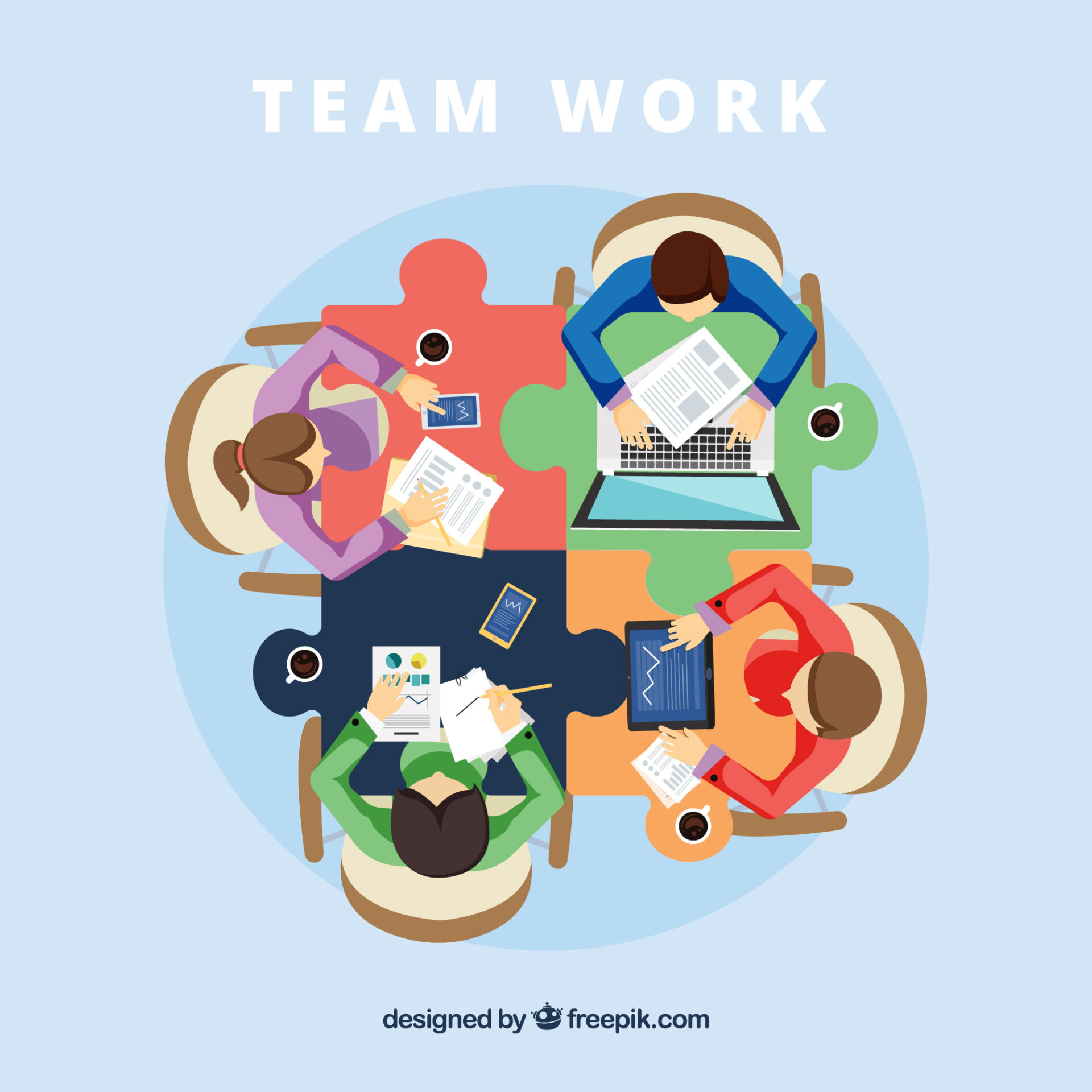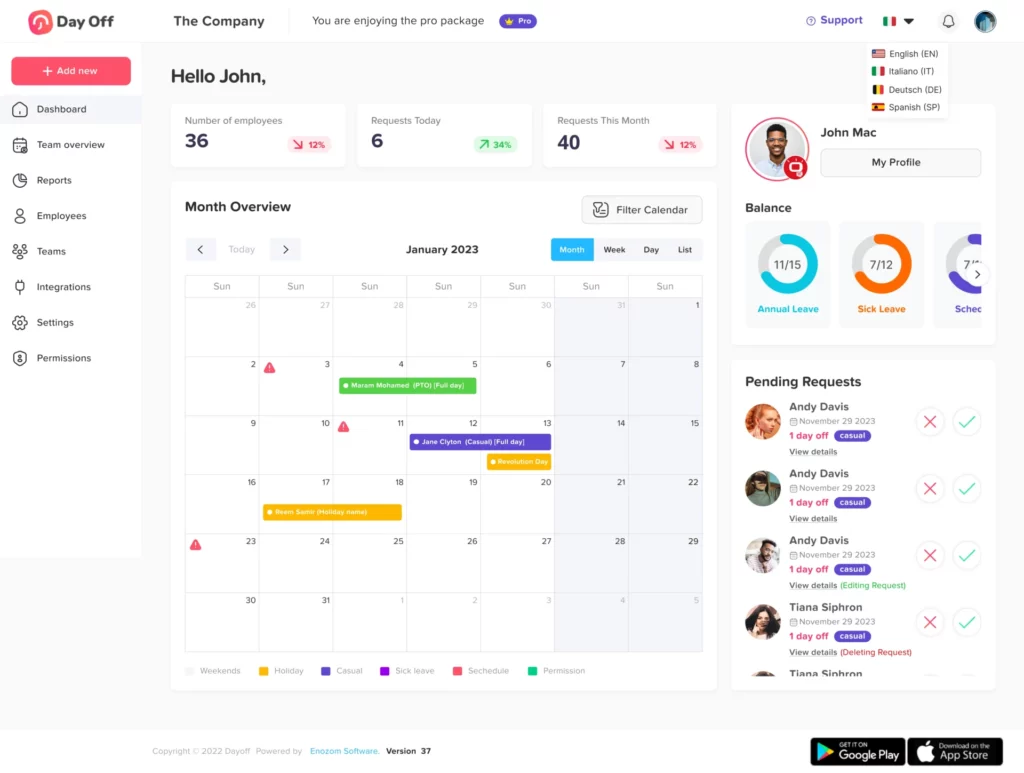Small and Medium Enterprises (SMEs) are more than just contributors to employment and GDP; they are engines of innovation, resilience, and growth. Yet, for SMEs to thrive and scale, one critical factor is often overlooked: work culture.
While strategic planning and financial discipline are essential, a positive work culture is the glue that binds talent, productivity, innovation, and long term performance. A vital but sometimes underestimated component of this culture is offering meaningful Paid Time Off (PTO) policies, ensuring employees have the opportunity to rest, recharge, and maintain a healthy work life balance. PTO not only supports employee well being but also fosters loyalty and sustained motivation.
This article explores what work culture means in the SME context, its significance, and practical strategies to build a thriving workplace environment.
What is Work Culture and Why Does It Matter in SMEs?
Work culture refers to the shared values, behaviors, attitudes, and practices that shape how people interact and perform within an organization. It dictates how employees communicate, make decisions, solve problems, and relate to leadership and each other.
For SMEs, cultivating a strong work culture isn’t just a luxury; it’s a strategic necessity:
-
Attracts and retains top talent
-
Improves employee engagement and loyalty
-
Enhances productivity and innovation
-
Strengthens resilience in times of change
Unlike large corporations, SMEs often have closer knit teams, agile structures, and direct leadership engagement, allowing them to shape culture more authentically and swiftly.
Key Elements of a Positive Work Culture in SMEs
Clear Vision and Core Values
A compelling vision and well defined core values serve as the foundation of a positive work culture. For SMEs, articulating a clear vision means defining not only what the business aims to achieve but also why it exists in the first place. This vision should be inspiring enough to give employees a sense of purpose beyond daily tasks. Core values, on the other hand, act as behavioral guidelines that inform decision making, conflict resolution, and interpersonal interactions.
When these are clearly communicated and visibly practiced by leaders, employees feel connected to a bigger mission and understand how their work contributes to collective success. This connection fosters motivation, enhances commitment, and reduces ambiguity about expectations. Furthermore, a well defined vision and values help SMEs differentiate themselves in competitive markets by building a unique cultural identity.
Authentic and Transparent Leadership
In SMEs, leaders are often the face of the organization and play a direct role in shaping the work environment. Authentic leadership requires leaders to be open, honest, and consistent in their communication and actions. This means sharing both successes and challenges with employees and inviting feedback. Transparency builds trust, which is the cornerstone of a healthy culture.
Moreover, leaders must demonstrate vulnerability by admitting mistakes and showing willingness to learn and grow. This sets a precedent for employees to be open and innovative without fear of harsh judgment. Encouraging open dialogue also allows leaders to identify issues early and foster a problem-solving mindset across teams. When employees feel heard and supported by approachable leaders, engagement levels rise, and collaboration flourishes.
Employee Well being and Work Life Balance
Prioritizing employee well being goes far beyond offering healthcare benefits. It encompasses creating an environment where employees can thrive physically, mentally, and emotionally. SMEs can promote well being by offering flexible work schedules that respect employees’ personal lives, reducing burnout and increasing job satisfaction.
Mental health initiatives, such as access to counseling, mindfulness workshops, or stress management resources, show employees that their holistic health matters. Encouraging breaks, discouraging overtime, and setting realistic workloads prevent exhaustion and absenteeism. Importantly, leadership should model this behavior by respecting boundaries, such as avoiding after hours emails. When employees feel cared for in this way, they are more resilient, loyal, and productive, which directly benefits business outcomes.
Recognition, Rewards, and Appreciation
Recognition is a powerful tool for boosting morale and reinforcing desired behaviors. SMEs can create a culture of appreciation by regularly acknowledging employee efforts, both publicly and privately. This could be through formal mechanisms like monthly awards, bonuses, or career development opportunities, as well as informal gestures like thank-you notes or verbal praise during meetings.
Recognition tied to company values highlights what behaviors are most valued and encourages repetition of those actions. It also fosters a positive emotional connection to work, which drives intrinsic motivation. Beyond individual recognition, celebrating team achievements promotes a sense of camaraderie and shared success. Thoughtfully designed reward systems contribute to higher job satisfaction, reduce turnover, and create a more motivated workforce.
Collaboration, Teamwork, and Inclusiveness
A culture that values collaboration nurtures innovation and strengthens relationships across the organization. SMEs can encourage this by breaking down silos and promoting cross-functional projects, where employees from different departments come together to solve problems or develop new ideas.
Providing platforms for open communication and knowledge sharing, such as regular team meetings or digital collaboration tools, fosters transparency and collective ownership of goals. Additionally, promoting inclusiveness means ensuring that every employee feels valued and empowered to contribute, regardless of role or background. This diversity of thought sparks creativity and problem solving capabilities. When teamwork is prioritized, employees feel more connected, supported, and aligned with company objectives.
Continuous Learning and Professional Development
Investing in employees’ growth signals that the organization values their future and long-term contribution. SMEs can foster a learning culture by offering access to training resources, workshops, conferences, or even informal knowledge sharing sessions led by team members.
Mentorship programs help employees navigate their career paths while building deeper relationships within the company. Encouraging employees to set personal development goals and allocating time during work hours for skill enhancement makes learning an integrated part of the culture, not an afterthought.
This commitment to development boosts employee confidence, keeps skills up to date, and increases retention by creating clear career progression opportunities within the company.
Diversity, Equity, and Inclusion (DEI)
A positive work culture is incomplete without intentional efforts toward diversity, equity, and inclusion. SMEs can ensure diverse hiring by implementing unbiased recruitment practices and expanding outreach efforts to underrepresented groups.
But DEI goes beyond hiring: it means fostering an environment where diverse perspectives are respected and celebrated, and where everyone has equal access to opportunities for growth and recognition. Training on unconscious bias and inclusive leadership practices equips teams to work more effectively across differences.
An inclusive culture promotes creativity by combining varied experiences and viewpoints, and it also enhances employee engagement by making everyone feel welcome and respected.
Celebrating Milestones and Building Traditions
Recognizing milestones, whether individual or collective, creates a sense of progression and accomplishment. SMEs can celebrate birthdays, work anniversaries, project completions, or company achievements through events, shout outs, or social media posts.
Establishing company traditions, such as quarterly team lunches, annual retreats, or themed dress days, helps build a shared identity and strengthens social bonds. These celebrations provide informal opportunities for employees to connect, relax, and recharge, reinforcing emotional ties to the company.
Over time, traditions contribute to a distinct and memorable culture that employees take pride in and prospective talent find attractive.
Technology and Tools to Support Work Culture in SMEs
Incorporating the right tools can enhance communication, collaboration, and feedback in an SME’s culture building efforts. Platforms like Slack or Microsoft Teams facilitate transparent and real time conversations, reducing miscommunication and silos.
Project management tools like Trello, Asana, or ClickUp make it easier to track progress and hold everyone accountable, increasing trust and clarity. Employee engagement tools such as CultureAmp, Officevibe, or TinyPulse provide continuous feedback loops, enabling leadership to address concerns before they escalate.
Performance management platforms like Lattice or 15Five support goal setting and regular check ins, embedding recognition and development into day to day workflows. These technologies empower employees and leaders alike to stay connected and aligned.
FAQ: Building a Positive Work Culture in SMEs
How long does it take to build a positive work culture?
Building a strong work culture is a journey, not a quick fix. While some improvements like better communication or recognition can have an immediate positive effect, embedding culture deeply usually takes 6 to 12 months or longer. It requires consistent effort, modeling from leadership, and employee buy in.
Can SMEs afford to invest in culture with limited budgets?
Absolutely. Culture isn’t solely built on financial perks. Often, small actions like sincere recognition, transparent communication, and flexible work policies have the most profound impact. These low cost or no cost initiatives build loyalty and improve retention, ultimately saving money.
What are the warning signs of a negative work culture?
Watch for:
-
Frequent turnover or unexplained absenteeism
-
Lack of collaboration and poor team dynamics
-
Low morale and disengagement during meetings
-
Resistance to feedback or change
-
Communication breakdowns or gossip
Early detection enables timely intervention.
Who is responsible for building the culture in an SME?
Culture is a shared responsibility, but leadership sets the tone and vision. HR or People Ops teams help design policies and programs, but employees contribute daily through their behaviors and attitudes. It’s a collective effort to nurture and evolve culture.
How can SMEs measure their work culture?
Measuring culture can be qualitative and quantitative:
-
Regular employee engagement surveys
-
Structured exit interviews to understand turnover causes
-
Pulse surveys for ongoing feedback
-
Tracking metrics like absenteeism, turnover rates, and productivity
The goal is to monitor trends and adjust strategies accordingly.
Conclusion: Culture Is Your Competitive Edge
For SMEs, work culture is not just a “nice to have”, it’s a competitive advantage that can differentiate them in talent acquisition, innovation, and customer service. By investing in a clear vision, authentic leadership, employee well being, recognition, inclusiveness, and continuous learning, SMEs create workplaces where employees feel valued, empowered, and motivated.
This positive work culture leads to higher retention, stronger collaboration, and sustainable business growth, essential ingredients for long term success in today’s dynamic markets.













